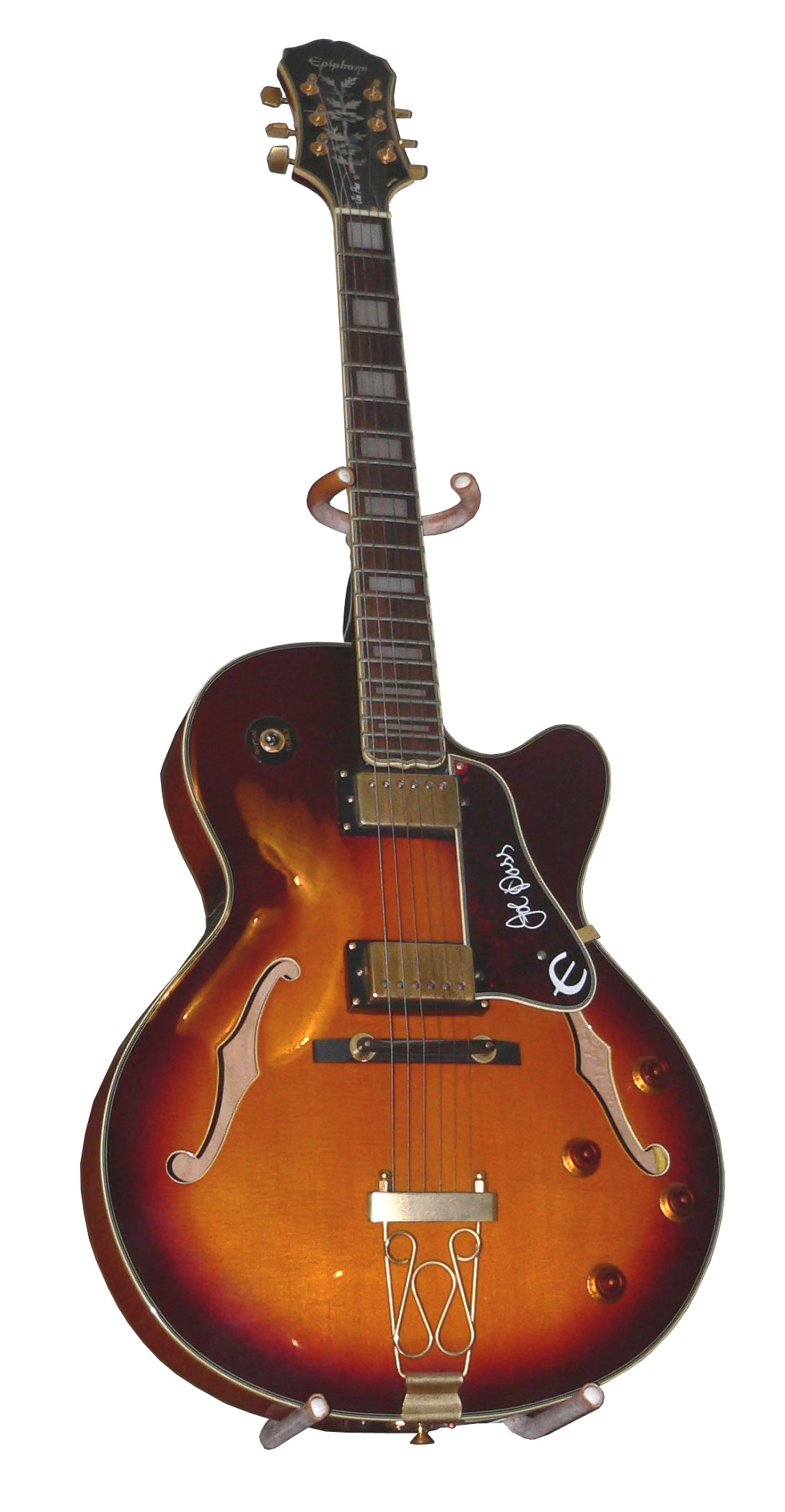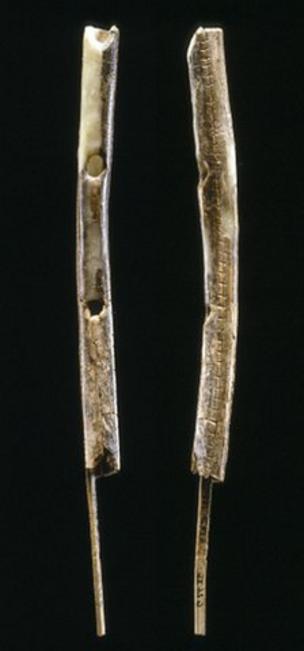BY: CHRISTOPHER WAI
What do you see when I say “prehistoric
or ancient music”?
Lyres? Flutes? Horns? A toga? Zithers?
Hanfu? Kimonos? “Egyptian” riffs?
What do you see when I say a horn was played at a procession?
Some anachronistic transplant of a royal fanfare onto another culture?
 |
| Source |
What do you see when I say a horn was played at a procession?
Does a royal carriage or litter pass by?
Old King, young prince, old queen or young princess? Aristocrats and the upper echelons?
Soldiers and horns? Cartoons?
Soldiers and horns? Cartoons?
 |
| Source |
 |
| "Romans in the Roman Market Braga Portugal" Photo Credit: Wikimedia Commons |
Some anachronistic transplant of a royal fanfare onto another culture?
Keep it in mind as we wind through
these worlds of music.
Music today is readily accessible as
countless many have said already on this topic or in a musing about
the digital age as a whole (ad nauseum).
To listen, we have: iTunes, radio,
YouTube, CDs, LPs, old cassettes and even 8 track tapes (if you're
willing to search). It's played on: news shows, TV shows, films,
theatre, opera, restaurants, bookstores, washrooms, elevators,
greeting cards, and children’s toothbrushes! We listen to it on our
smartphones on the bus, subway, or walking to wherever it is we are
going.
To play: the recorder, tin whistle and
guitar are fairly affordable and available in most places.
Barring a physical instrument, we can
make music on our computers with garage band or synthesizers.
It is everywhere, and there is a
vast variety from which to choose from, unlike our
ancestors.
But all of this is just a tiny bit
of all the music we have ever produced. As many of my
professors in my undergraduate years liked to explain in their
introductions- most of what we know about human history has no text.
The mystery of music in the past goes back tens of thousands of
years ago.
Armand D'Angour used a short analogy
with Verdi, the Beatles and Mozart to explain ancient music, but let
me echo and expand well beyond those ideas (thematically and
geographically) in my own way; including the great pitfalls of this
whole endeavor.
False “Rock” Equivalences*: Worlds Lost
 |
| "Guitar" Photo Credit: Wikimedia Commons |
We are not talking of lost songs,
but entire worlds of music. We don't know the tuning, meter, scale or
style.
Imagine being shown a guitar for the
first time in your life without any information at all and trying to
figure it out. Imagine trying to recreate rock without any music that
you could read or hear, but maybe there are only just images of rock
stars on stage; some of them smashing their instruments.
Then, you see a musician playing the
Japanese shamisen, which looks like this “guitar” to you. Are you
going to model your guitar playing after Otemoyan?
Will your idea of rock music revolve around that?
Will your idea of rock music revolve around that?
Maybe you get your hands on a blue grass recording?
They're from different backgrounds
and places, but the instruments look similar after all...
...to you.
How do you know when you're finally
playing this “rock” music?
It seems hopeless. But here you are
with an out of tune guitar and this concept of rock music.
Are you going to just leave it and
not try to play it? Will you think you know all
there is to know about rock based on pictures, types, and social
history? Or, will you ignore it completely, thinking that no matter
what, it will never be accurate, so it is simply a lost cause?
There is much wisdom in not overextending interpretation and making up imaginative histories.
At the very core of it, you are feeling around in the dark after all.*
What will be your interpretation?
We know, from our own world and from
other cultures, past and present that music is found in ritual/
religion, entertainment, festival, ceremony, propaganda, war/ battle,
philosophy, education and art. Not every culture has music in every
context, but just one context is a world of difference.
Most of our music is gone and the
silly dilemma of recreating “rock” with a “guitar” through the mechanisms of images, analogies* and experimentation is a
reality for Palaeolithic and ancient music.
Just think about that.
That is what we have lost. That
is our mystery for this month.
So here are some examples of the
mystery of prehistoric and ancient music, and the attempts that have
been made to rediscover it.
1. Palaeolithic flutes
Flutes are far older than one might
imagine. If not the earliest one (barring the voice or impromptu
sticks), bone flutes are at least the first clearly distinguishable
evidence of music in our history.
Hohle Fels-Former Oldest
Declared the oldest in 2009, the
griffon vulture bone flute from Hohle Fels cave was still the oldest
instrument in the world, alongside the Venus of Hohle Fels; the
oldest human shaped figure in the world the oldest when I was
learning about it in my first year. It was and is a moment of pause.
At 40,000 years old, it was just
within the time frame when humans co-existed with Neanderthals before
they went extinct.
Wulf Hein playing a copy of the
Hohle Fels flute:
Of course, it should be remembered that
what they played is still unknown.
These reconstructions bear a bias
of using music from a culture that is utterly different
(remember my “rock” analogy?).
However, while playing “modern”
music on replications of old instruments might cause one to be wary
because of its sheer inaccuracy, note the effectiveness of showing what it can do. Flutes like these from the Palaeolithic are another way to
deconstruct the myth of “primitiveness”.
 |
| Geissenkloesterle Mammoth Ivory Flute Photo Credit: BBC |
Geissenkloesterle: Oldest
Since 2012
though, the flutes from Geissenkloesterle cave have become the oldest
known instruments in the world at 43,000- 42,000 years old.
One comes from a bird and the other
larger one is from mammoth ivory.
The Controversy of Divje Babe
One other contender for the earliest
flute in the world is the one from Divje Babe, Slovenia.
In fact, some have claimed them to be
Neanderthal instruments. However, more recently, its status as an artifact at all has been questioned.
Unlike the flutes above, it is much
smaller, with only two holes and is not as distinguishably as a
flute. The critique now is that it may simply be the result of a
hyena biting into it.
The thing is that despite this reexamination, there's even a reconstruction of what the flute might
have been like now by building around the fragment already.
A case of interpretation taken too far
and turning chewed up bone into a working instrument or is it
actually the remains of a flute?
One researcher even extends an interpretation that that the cave was likened to a "concert hall" and that cave art was affected by this.
2. Neolithic Stone Lithophone/ “Chimes”
 |
| Erik Gonthier. Photo Credit: AFP/ Telegraph |
Moving on to the next “Stone Age”, we have Neolithic stone lithophones. Thought to have been used for grinding grain, Erik Gonthier decided to prop them on foam before tapping on them, and discovering that they had actually been painstakingly chipped for another reason.
Video from Dailymotion.
3. Spear butt?
Much like Gonthier, Archaeologist Billy
Ó Foghlú from the Australian National
University reexamined a Bronze Age spear butt (though unable to see
the original in person) and printed out a 3D copy of it to test out
his theory. As it turns out, it may have actually have been a
mouthpiece when he tested it on a horn.
To add to the “mystery” for both
the reader author here, it seems strange that the actual paper refers
to Iron Age horns unlike the titles of the press release and the bevy
of news organizations that have picked up on the story.
4. Ancient Greece
Though we know much about Ancient
Greece, public perceptions are coloured by clichéd film depictions
and are most likely confused with films on Rome as well. Though
English accents remain the chief anachronism to the ear, the music
that accompanies it also tells you very little about what the music
in the past sounded like with its modern orchestras.
Based on research with notation from
ancient texts (an uncommon advantage), the following is an attempt to recreate something more
like the original according to D'Angour of Oxford University.
Here is an alternate version (no vocals) of
Dr. David Creese teaching with the song in class:
5. Moche
 |
| Mural From Huaca De La Luna Photo Credit: Wikimedia Commons |
I first learned about Moche music and archaeoacoustics a little over a year ago in Peru during a late night guest lecture and probably wouldn't write this had I not heard it.
The Moche/ Mochica culture was an Andean civilization
from the north coast of Peru, most famous for the gold from Sipan,
but they are obviously much more varied than that.
As Professor Swenson might tell you
(I'm paraphrasing) if you take his classes in the Archaeology
department, it is one of the most exciting cultures to study right
now as new knowledge of the culture is being discovered and revised.
Here is Dr. Diane Scullin's Moche Music
project blog with a few recordings.
6. Chavin De Huantar
 |
| Chavin de Huantar Photo Credit: Wikimedia Commons |
Earlier than the Moche was another Andean culture (amongst many); the Chavin.
At the moment there is an
archaeoacoustic project going on at the culture’s most famous site:
Chavin de Huantar, headed by Dr. Miriam Kolar. By recreating the context of sound and music, they analyze the acoustics and experience of the site when it was "alive".
There is only a small teaser video for
the project, but it may perhaps be an interesting look for the reader
on archaeoacoustics.
More unknowns:
These are the reconstructions that I've been able to find with audio and video samples but there are plenty more instruments from the past out there that have no continuity with the present and which we have barely a clue about.
In other cases, even when we can easily
recognize relatively ancestors to instruments used today, their songs
are gone.
To wax poetic: continuity in form is not continuity in song (see image below).
To wax poetic: continuity in form is not continuity in song (see image below).
| Eastern Han Guqin (Compare with the first image) Photo Credit: Wikimedia Commons |
Even for these reconstructions, there isn't the space here for their context in society.
Nor is there time to talk about the
fact that music changes frequently within these cultures in time and
space.
Still, I do hope that I've sparked some
interest.
Conclusion: Undeciphered language and over interpretation
Now I ask again...
What do you imagine when I ask you to
imagine “prehistoric”/ ancient music?
Lyres? Flutes? Horns?
What do you imagine when I say a horn
was played at a procession?
We can talk a lot about how we think
they fit in society or its designs, like undeciphered tablets.
And yet, just like undeciphered
languages, we can only interpret them superficially in so many ways.
What they actually mean and all the little nuances are unknown.
But that won't stop the most ardent experimenters or researchers.
But that won't stop the most ardent experimenters or researchers.
In fact, it can be dangerous as wild theories can throw off our perception.
And yet, while they might not be wholly accurate, it is an intriguing exercise that might share with us something of our ancestors.
* Analogical reasoning is one of the
great problems when using cross cultural comparisons. Every culture
is different and changes differently in no specific direction or
order and a direct analogy between them leads to all sorts of modern
myths.
If you are interested, Dr. Alison Wylie has a good paper on the subject.
BONUS:
Since the next post won't come until after Halloween...
Since the next post won't come until after Halloween...



No comments:
Post a Comment
Note: only a member of this blog may post a comment.